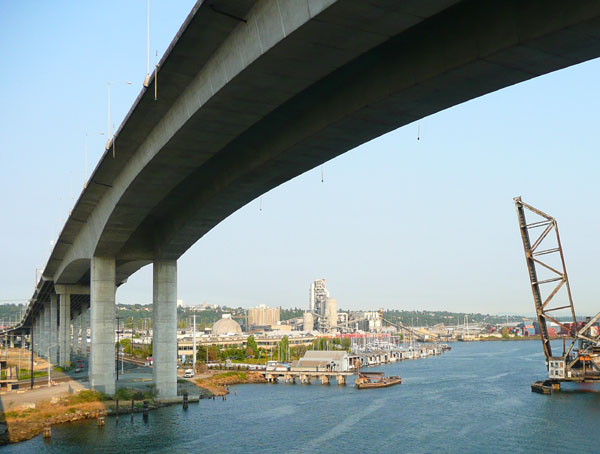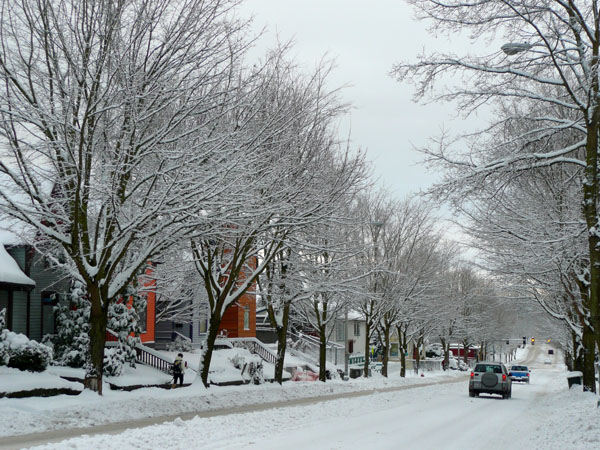(Editor’s note: The following was excerpted from Jabe Blumenthal’s voter recommendation email, which came my way via facebook, and is republished here with permission. Much of this will be familiar territory for HAC readers, but nonetheless, it’s good reinforcement from yet another thoughtful voice, and more fodder for the intentionally redundant HAC tunnel blitz.)
>>>
The elephant in the room:Â thoughts on the tunnel.
This is another issue I’d love to dodge. But it’s an important issue in the mayor’s race at least and there’s much misinformation out there that people have come to accept as truth. So I’m going to explain why I support some candidates who think that: A) the tunnel decision process was a deeply flawed one, B) the tunnel probably isn’t the best solution to our multiple societal goals, and C) it’s worth taking the few months and few $M to get it right on what will be a multi-$B project with a 50-100 year lifespan. And I feel the same way, as do many people more thoughtful and informed than myself – Denis Hayes, KC Golden, and Alan Durning to name just a few.
I’m not against the tunnel per se. I’m in favor of whatever solution meets the three goals of:
1) a vibrant/sustainable/livable city
2) adequately meeting our mobility needs
3) complying with our state emission and vehicle-miles-traveled (VMT) reduction goals all within a price that is realistic and leaves some funding capacity for waterfront parks and improvements.
The stake-holder process, which included the city, county and state departments of transportation, began by taking #3 off the table as a goal (rather ironic given that it was immediately after the Governor and legislature had passed emission and VMT reduction goals). In December of 2008, the three department of transportation heads announced the two final hybrid recommendations, and carefully explained why those two and not others. One reportedly said “I cannot imagine any situation in which the bored tunnel would be a good use of WSDOT’s money.” In particular, their modeling showed that the combination of surface streets, transit, and I-5 improvements (S/T/5) would meet our traffic needs. Then the backroom meetings and deals began, with pressure on the Governor from Boeing, Tayloe Washburn (Chamber of Commerce), the Discovery Institute and others. Thrown into the mix was the desire to thwart Chopp’s viaduct replacement idea. And voila, an answer emerged, one not recommended by the DOTs and not supported by technical analysis.
Somehow people have come to think that the process favored the tunnel and that the surface street option was shown to not work. Whatever one thinks of the tunnel, this version of events is simply wrong.
Now, back to that #3 above. Had climate impacts actually been considered, the case for S/T/5 and against a tunnel becomes *stronger*, as the tunnel certainly has the highest embedded *and* operational carbon impact. No one seems to talk about this much even in the environmental community. Here’s where I pause and ask of whatever subset of us really believe that we care about climate change: Do we really think that we have any hope of reducing our societal emission by the necessary 80-90% and our VMT by 50% in 40 years if we remove climate from consideration and optimize for single-occupancy vehicles when making 50-100 year infrastructural decisions? I mean, get real!! “But won’t the cars all be electric soon?” By 2020? No way. By 2030? No chance. By 2040, some but not a majority. By 2050? Many, not all. And will the electrons all be zer0-carbon? Not a chance. And will it amount to anything like a 90% reduction? Dream on. That’s *why* the Governor and legislature realized that we *had to reduce VMT by 50%*.
Sadly, at some level, most of even us supposed climate change warriors are climate change deniers; even we don’t admit that, yes, we have to make our major societal decisions *differently* to have any hope of addressing climate change. If I were designing a city to maximize VMT and if I assumed that money will someday grow on trees once the current recession is over, a tunnel sounds pretty good to me. But otherwise it is a highly questionable conclusion. Given that, and the expense, and the near certainty of cost overruns, and the potential for lawsuits (one with a lot of merit was just filed last week over the failure to complete the required environmental impact statement), and the climate implications, and the 50-100 lifetime of whatever decision we make, and the flawed process… it’s not just reasonable but responsible to question and revisit this “decision”. You don’t have to agree with this statement but the more I learn about the issue and the process, the more reasonable a point of view it seems to me and I’m grateful that we have at least a few candidates questioning things.
— Jabe Blumenthal


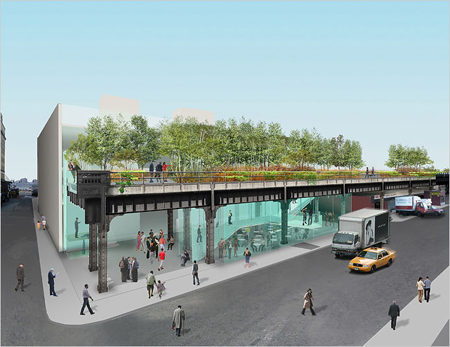
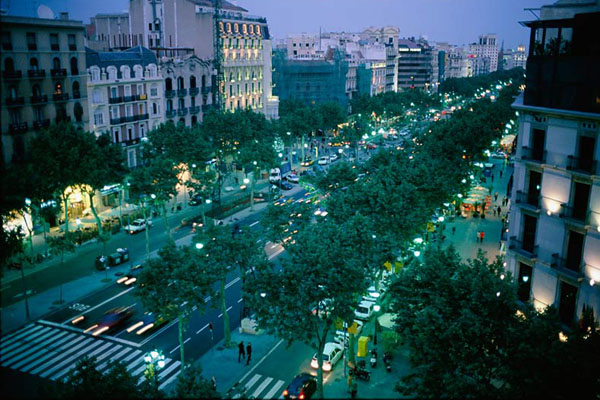
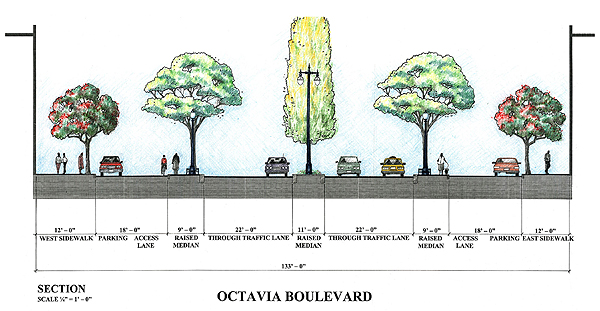




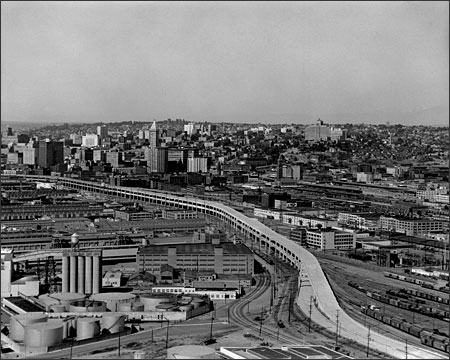

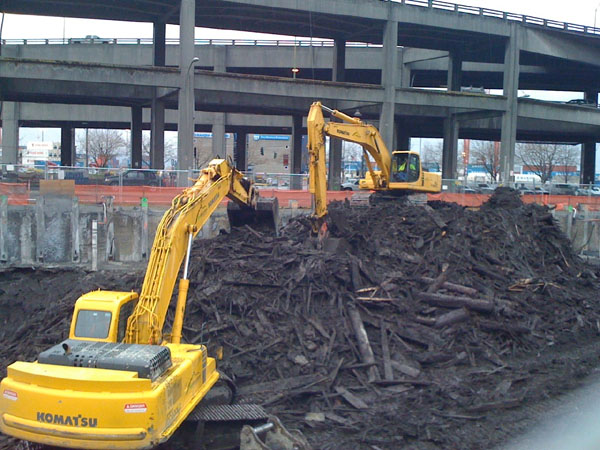
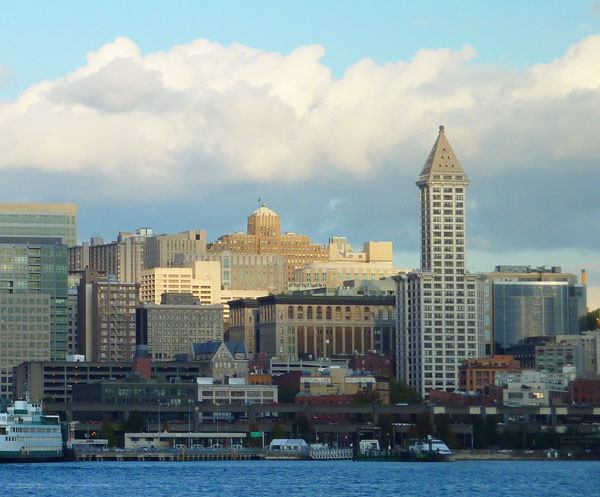
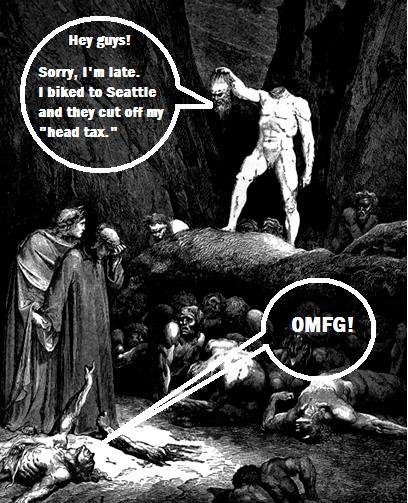 The story of the
The story of the 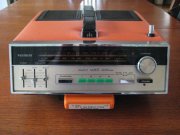 I have been trying to think of an analogy, a parable maybe, to explain the absurdity of a waterfront tunnel to replace the viaduct. I think I have one. This should also clarify the term “backward looking,†I used to describe tunnel advocates. That term is not intended to be an insult or some kind of transportation bigotry. Instead, it’s a kind of explanation of the confusion that could lead otherwise intelligent people to think of the tunnel as a replacement for the viaduct. So here it goes, the parable of the 8-track.
I have been trying to think of an analogy, a parable maybe, to explain the absurdity of a waterfront tunnel to replace the viaduct. I think I have one. This should also clarify the term “backward looking,†I used to describe tunnel advocates. That term is not intended to be an insult or some kind of transportation bigotry. Instead, it’s a kind of explanation of the confusion that could lead otherwise intelligent people to think of the tunnel as a replacement for the viaduct. So here it goes, the parable of the 8-track. So last night while you were groovin’ to the sounds of Steppenwolf, the player makes a weird sound. And right in the middle of Boddhisatva everything stops, smoke starts pouring out and your roommate,
So last night while you were groovin’ to the sounds of Steppenwolf, the player makes a weird sound. And right in the middle of Boddhisatva everything stops, smoke starts pouring out and your roommate, 




